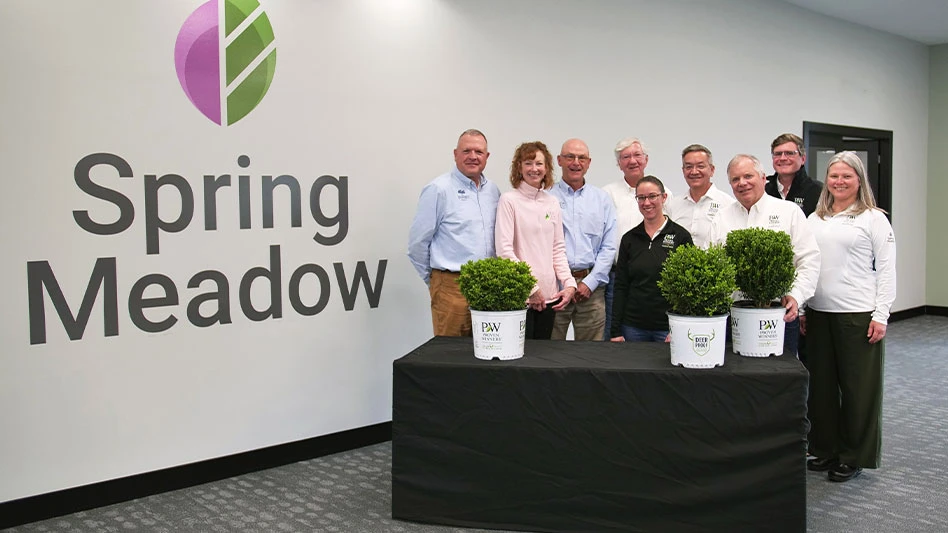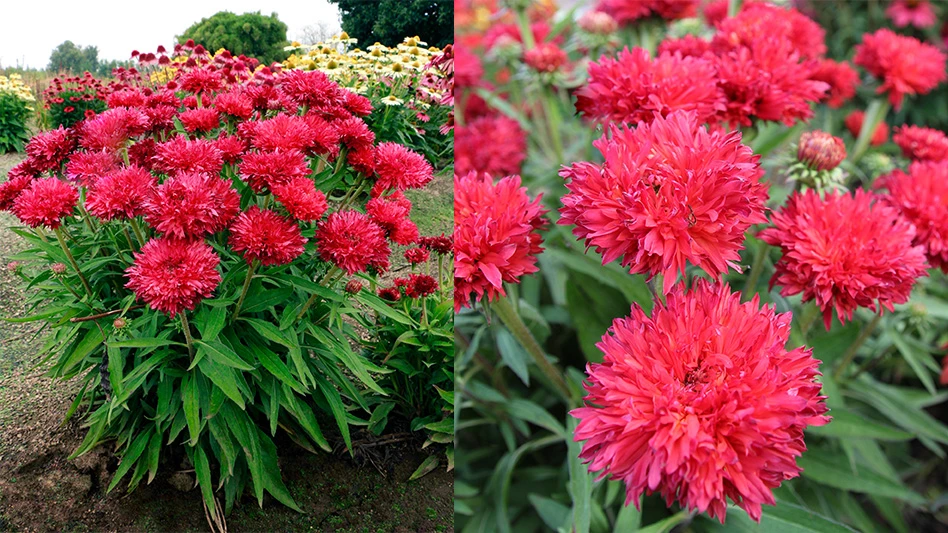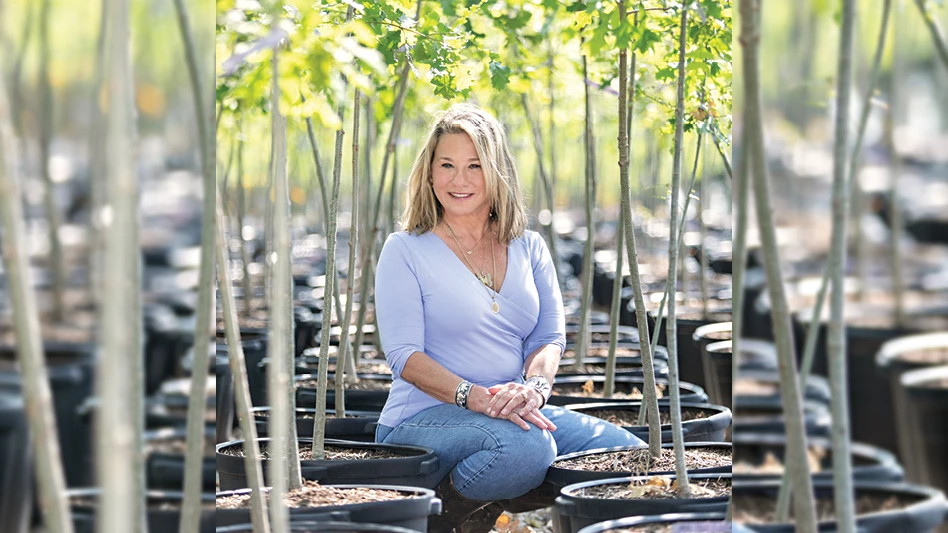|
|
Being profitable in today’s market means being strategic and intentional about everything you do, and that includes your production planning. Few things can cripple a grower as quickly or as seriously as a poorly thought-out product line.
Here are six key considerations to make when deciding what to grow.
1. Interview your customers. If you want to know what retailers need, ask them. This might seem common sense, but it’s surprising how many salespeople are only interested in selling what they’ve got, rather than trying to figure out what the customer needs. This is your chance to play detective. Survey your customers. Visit their stores and see what people are buying. Host a roundtable where your customers get together to share from their experiences. Sometimes retailers aren’t necessarily able to articulate what they need, but good question-asking can uncover fantastic opportunities for both of you.
2. Observe the market. Over the years it has become clear that consumers are looking for fashionable, simple, easy-to-grow, low maintenance plants that give instant gratification, and that information is widely known to anyone who has been reading and paying attention to the marketplace. Countless studies and reports have been done on today’s consumers and what they’re looking for. Use that information to help shape your product mix accordingly.
3. Observe your competition. There’s no shame in looking at what your competitors are doing and responding to what you see. If they’re doing something that you can do better, there’s an opportunity. If they’re dropping the ball somewhere, there’s an opportunity. No grower can do everything perfectly; find the opportunities in your market and exploit them.
4. Consider the whole package. Don’t just think about what plants you want to grow. The most successful retail products have been carefully designed and tailored to meet the needs of a specific target market. So think about the whole package: Size, packaging, PoP materials and display systems, customer and consumer support, price points, and timings are ways to differentiate yourself from your competition.
5. Focus on your strengths. I would be the first to encourage any nursery to take some risks and try new things, but the meat of your lineup should comprise things that you’re good at and that reflect your core values. You don’t have to be the best at everything. Capitalize on the things you do well, and maximize that potential.
6. Grow what’s profitable. This is a consideration that a lot of growers neglect, as evidenced by the amount of cheap product being dumped in the marketplace every year. You might sell a lot of something, but that doesn’t mean you’re making money at it. Make sure you “know your numbers” on every single thing you grow. It might be popular, new, or your personal favorite plant, but if you can’t make money at it, drop it and grow something else.
Jason Rekker is finishing and shipping manager at Valleybrook Gardens Ltd. in Niagara-on-the-Lake, Ontario, Canada; jr@valleybrook.com.
This article is courtesy of ANLA Knowledge Center; www.anla.org/knowledgecenter

Explore the July 2010 Issue
Check out more from this issue and find your next story to read.
Latest from Nursery Management
- The HC Companies, Classic Home & Garden merge as Growscape
- Eason Horticultural Resources will now officially be known as EHR
- BioWorks receives EPA approval for new biological insecticide for thrips, aphids, whiteflies
- Ellen Mackenbach-Lakeman appointed new CEO of Dümmen Orange
- Southern Garden Tour sets 2025 dates for trial garden open houses
- New book explores plants that thrive in Rocky Mountains
- American Floral Endowment establishes Herman Meinders Memorial Tribute
- These companies are utilizing plastic alternatives to reduce horticultural waste






